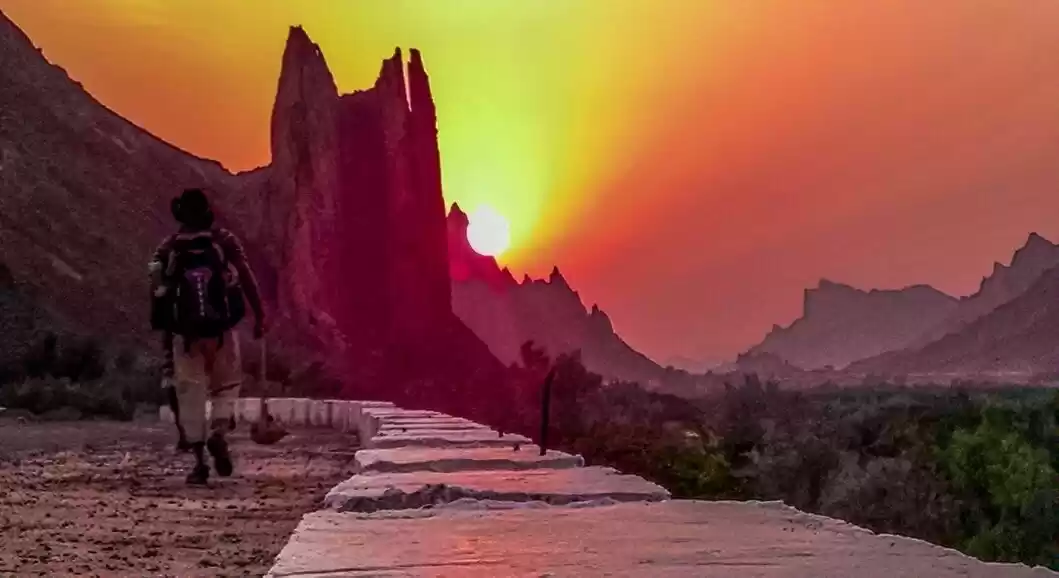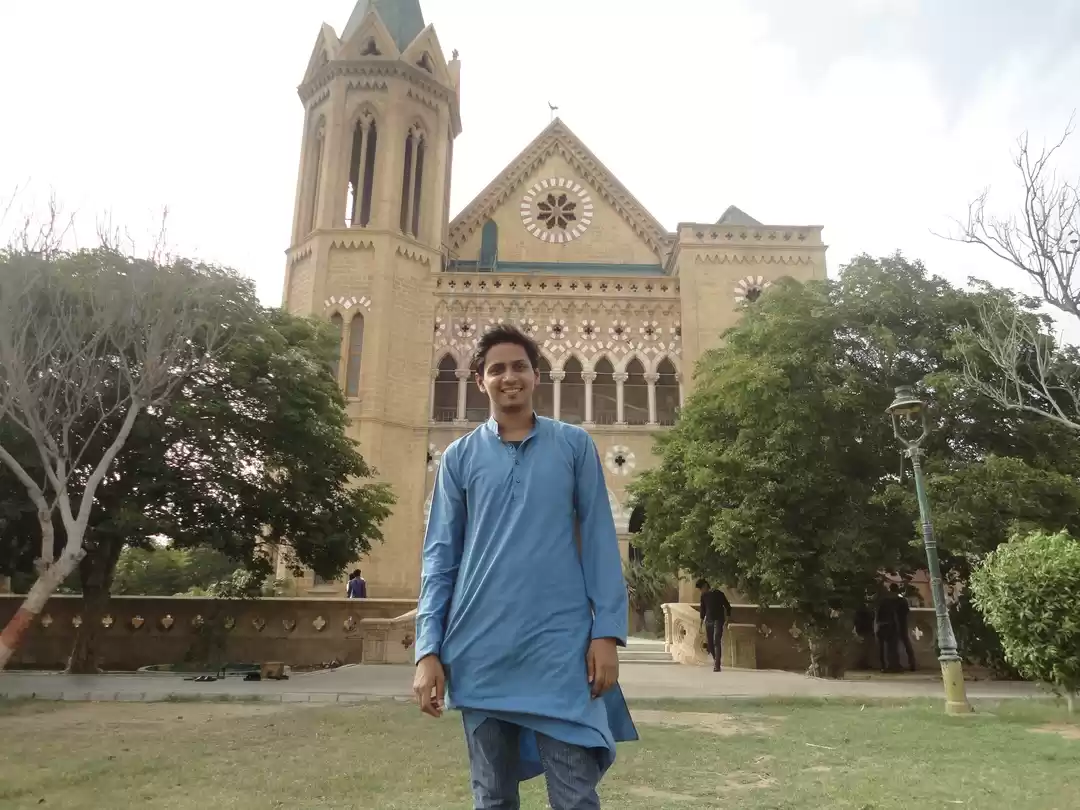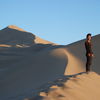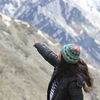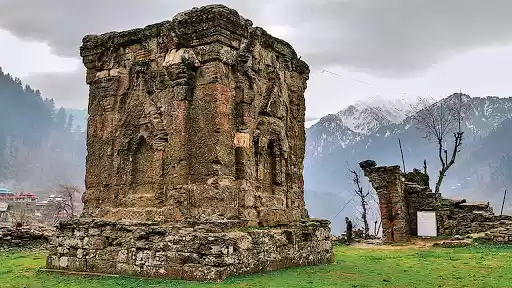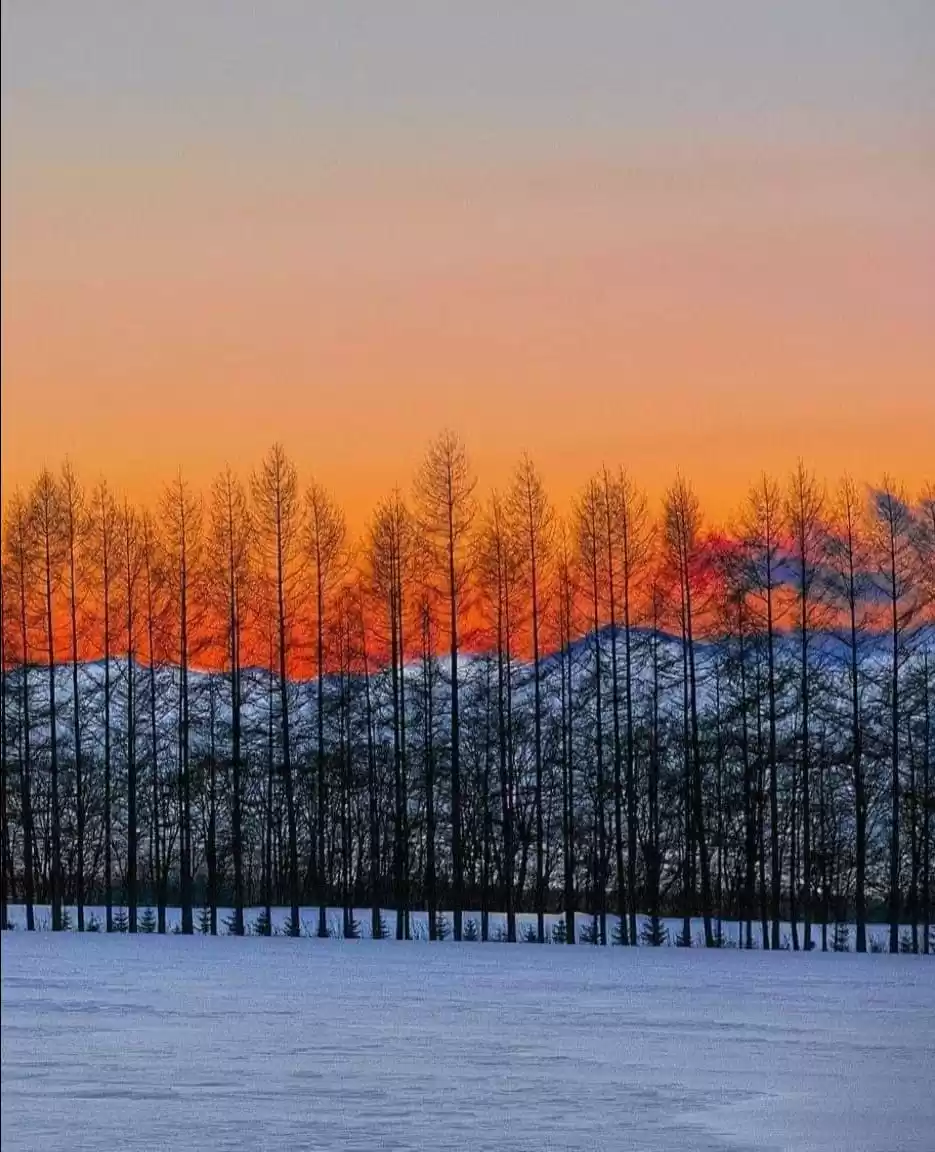Pakistan Tourism and Travel Guide
Pakistan (/ˈpækɨstæn/ or /pɑːkiˈstɑːn/; Urdu: پاكستان ALA-LC: Pākistān, pronounced [pɑːkɪst̪ɑːn]), officially the Islamic Republic of Pakistan (Urdu: اسلامی جمہوریۂ پاكستان ALA-LC: Islāmī Jumhūriyah-yi Pākistān IPA: [ɪslɑːmiː d͡ʒʊmɦuːriəɪh pɑːkɪst̪ɑːn]), is a sovereign country in South Asia. With a population exceeding 199 million people, it is the sixth most populous country and with an area covering 796,095 km2 (307,374 sq mi), it is the 36th largest country in the world in terms of area. Pakistan has a 1,046-kilometre (650 mi) coastline along the Arabian Sea and the Gulf of Oman in the south and is bordered by India to the east, Afghanistan to the west, Iran to the southwest and China in the far northeast respectively. It is separated from Tajikistan by Afghanistan's narrow Wakhan Corridor in the north, and also shares a maritime border with Oman.The territory that now constitutes Pakistan was previously home to several ancient cultures, including the Mehrgarh of the Neolithic and the Bronze Age Indus Valley Civilisation, and was later home to kingdoms ruled by people of different faiths and cultures, including Hindus, Indo-Greeks, Muslims, Turco-Mongols, Afghans and Sikhs. The area has been ruled by numerous empires and dynasties, including the Indian Mauryan Empire, the Persian Achaemenid Empire, Alexander of Macedonia, the Arab Umayyad Caliphate, the Mongol Empire, the Mughal Empire, the Durrani Empire, the Sikh Empire and the British Empire. As a result of the Pakistan Movement led by Muhammad Ali Jinnah and the subcontinent's struggle for independence, Pakistan was created in 1947 as an independent nation for Muslims from the regions in the east and west of Subcontinent where there was a Muslim majority. Initially a dominion, Pakistan adopted a new constitution in 1956, becoming an Islamic republic. A civil war in 1971 resulted in the secession of East Pakistan as the new country of Bangladesh.Pakistan is a federal parliamentary republic consisting of four provinces and four federal territories. It is an ethnically and linguistically diverse country, with a similar variation in its geography and wildlife. A regional and middle power, Pakistan has the seventh largest standing armed forces in the world and is also a nuclear power as well as a declared nuclear-weapons state, being the only nation in the Muslim world, and the second in South Asia, to have that status. It has a semi-industrialised economy with a well-integrated agriculture sector, its economy is the 26th largest in the world in terms of purchasing power and 45th largest in terms of nominal GDP and is also characterized among the emerging and growth-leading economies of the world.The post-independence history of Pakistan has been characterised by periods of military rule, political instability and conflicts with neighbouring India. The country continues to face challenging problems, including overpopulation, terrorism, poverty, illiteracy, and corruption. Despite these factors it maintains strategic endowments and development potential while it has made substantial progress in reducing poverty giving it the second lowest headcount poverty rate in South Asia. It is ranked 16th on the 2012 Happy Planet Index, while its stock exchange has been among the highest performing in Asia. It is a member of the United Nations, the Commonwealth of Nations, the Next Eleven Economies, Shanghai Cooperation Organisation, ECO, UfC, D8, Cairns Group, Kyoto Protocol, ICCPR, RCD, UNCHR, Asian Infrastructure Investment Bank, Group of Eleven, CPFTA, Group of 24, the G20 developing nations, ECOSOC, founding member of the Organisation of Islamic Cooperation, SAARC and CERN. 'The State Emblem'. Ministry of Information and Broadcasting, Government of Pakistan. Archived from the original on 1 July 2007. Retrieved 18 December 2013. 'National Symbols and Things of Pakistan'. Government of Pakistan. Retrieved 27 May 2014. 'SC orders immediate implementation of Urdu as official language'. The Express Tribune]]. September 7, 2015. Retrieved September 8, 2015. 'Pakistan to replace English with Urdu as official language'. The Express Tribune]]. July 29, 2015. Retrieved September 8, 2015. 'PM approves implementation of Urdu language in govt departments - Pakistan - Dunya News'. dunyanews.tv. Irfan Haider. 'PM, president to deliver speeches in Urdu on foreign trips, SC told'. dawn.com. 'Govt. submits plan to Supreme Court to promote Urdu as official language'. The News Teller. 'Population by Mother Tongue'. Population Census Organization, Government of Pakistan. Retrieved 28 December 2011. Ehsan Rashid (1977). 'THE CONCEPT OF PAKISTAN IN THE LIGHT OF IQBAL’S ADDRESS AT ALLAHABAD'. Iqbal Memorial Talks. Retrieved 5 March 2014. Ehsan Rashid explains how concept of Pakistan and Iqbal's Allahabad address are interlinked. 'Pakistan statistics'. Geohive. Retrieved 20 April 2013. 'Pakistan Population Clock'. Punjab Gov. a b c d 'Pakistan'. International Monetary Fund. Retrieved October 2015. 'Gini Index'. World Bank. Retrieved 2 March 2011. '2014 Human Development Report Summary' (PDF). United Nations Development Programme. 2014. pp. 21–25. Retrieved 27 July 2014. Miguel Loureiro (28 July 2005). 'Driving—the good, the bad and the ugly'. Daily Times (Pakistan). Archived from the original on 10 January 2012. Retrieved 6 February 2014. 'U.S. and World Population Clock'. United States Census Bureau. Barry Buzan (2004). The United States and the great powers: world politics in the twenty-first century. Polity. pp. 71, 99. ISBN 978-0-7456-3374-9. Retrieved 27 December 2011. Hussein Solomon. 'South African Foreign Policy and Middle Power Leadership'. Archived from the original on 24 June 2002. Retrieved 27 December 2011. 'Pakistan Overview'. worldbank.org. 'Pakistan among top 20 happiest countries, beating India, US: Report'. The Express Tribune. 'Bloomberg ranks Pakistan among world’s top ten stock market performers'. DailyTimes. 'Thumbs up: Pakistan meets criteria for CERN'. The Express Tribune.

